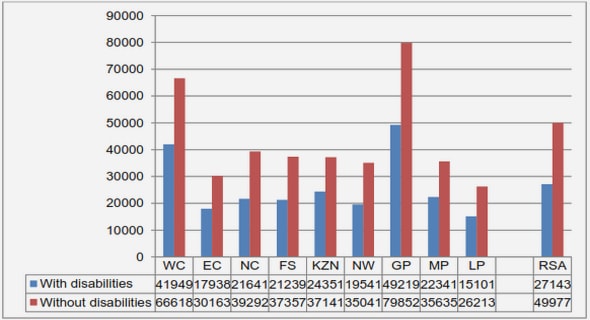(Downloads - 0)
For more info about our services contact : help@bestpfe.com
Table of contents
CHAPTER I: Why the Direct Borohydride Fuel Cell
I.1 Global warming and climate change
Consequences of the global warming
I.2 Hydrogen: a major energy vector
Storage and transportation of hydrogen
I.3 Development of fuel cells
Transport application
Towards portable and mobile systems
I.4 The Direct Borohydride Fuel Cell
I.4.1.1 Production of borohydride
I.4.1.2 Properties of borohydride
I.4.2.1 Anode materials
I.4.2.2 Cathode materials
I.4.2.3 Different membrane configurations
I.5 Conclusion and context and objectives of the PhD
CHAPTER II: Materials and methods
II.1 Electrochemical measurements
Electrodes and catalyst inks preparation
II.1.2.1 Bulk polycrystalline electrodes
II.1.2.2 Nanoparticles ink preparation and deposition
II.2 Metallic nickel catalyst preparation
Electrochemical Surface Area Determination
Intentional oxidation of Ni surfaces
Surface treatments on 3D structured Ni supports
II.2.4.1 Hydrogen reduction treatment
II.2.4.2 Acid Etching procedures
II.2.4.3 Ni electrodeposition on etched Ni support
II.3 Characterization techniques
II.3.1.1 Transmission Electron Microscopy
II.3.1.2 Scanning Electron Microscopy
II.3.2.1 X-Ray Energy Dispersive Spectroscopy
II.3.2.2 X-Ray Diffraction Spectroscopy
II.3.2.3 Inductively coupled plasma atomic emission spectrometry
II.3.3.1 Differential Electrochemical Mass Spectrometry
II.3.3.2 In situ Fourier Transform Infra-Red spectroscopy
II.4 Fuel Cell tests
II.4.1.1 NiED/GDE anode elaboration procedure
II.4.1.2 NiED-based anodes elaboration using Ni support
II.4.1.3 Pt/GDL anode elaboration
II.4.1.4 Preparation of the SEBS55 polymer and deposition on Ni-based anodes. 63 Unit Direct Borohydride Fuel
II.4.2.1 BH4-/O2 DBFC setup
II.4.2.2 BH4-/H2O2 DBFC setup
II.5 Computational methods
Microkinetic model calculations
CHAPTER III: BOR mechanism on noble and model surfaces
III.1 Current understanding of the BOR on Pt electrodes
III.2 Influence of the NaBH4 concentration on the reactions pathway
Existence of additional reaction pathways
III.2.2.1 Hydrogen escape at different borohydride concentrations
III.2.2.2 Detection of BH3OH- species using RRDE
III.2.2.3 Adapting the proposed BOR model
III.3 Towards a kinetic model of the BOR on Pd surfaces
Tentative explanation of the BOR mechanism on Pd
The effect of Pd structure modification
III.4 Conclusion and moving to non-noble BOR catalysts
CHAPTER IV: Towards efficient Ni based BOR catalysts
IV.1 Importance of the state of surface of Ni
Activity of polycrystalline Ni for the BOR
IV.2 Bimetallic “NixM” BOR catalysts
Is there an effect of the co-element?
IV.3 Metallic NiED/C: the best BOR catalysts?
BOR activity compared to most used catalysts
IV.4 Tentative BOR mechanism on Ni
Coupled spectroscopic characterization on metallic Ni
IV.4.2.1 Hydrogen escape measurements using DEMS
IV.4.2.2 Fourier Transform Infra-Red spectroscopy
IV.4.3.1 Binding energy of intermediate species by DFT calculations
IV.4.3.2 Kinetic simulation of the BOR on metallic Ni
IV.5 Conclusions
CHAPTER V: Integration of Ni electrodes and optimization of DBFC parameters
V.1 Elaboration of NiED/C anodes
V.1.1.1 Adapting the electrodeposition procedure
V.1.1.2 DBFC performance using NiED/GDE anodes
V.2 Optimization of the anode properties
V.2.1.1 Nickel structure characterization
V.2.1.2 Tuning of the state of surface of the NFM and NFT.
V.2.1.3 Nickel nanoparticle electrodeposition on etched Ni felt
V.3 Improving the DBFC system
Towards efficient anion exchange DBFCs
V.3.2.1 Investigating anion exchange membranes
V.3.2.2 DBFC tests using only non-noble catalysts
V.4 Conclusions
GENERAL CONCLUSION & PERSPECTIVES




